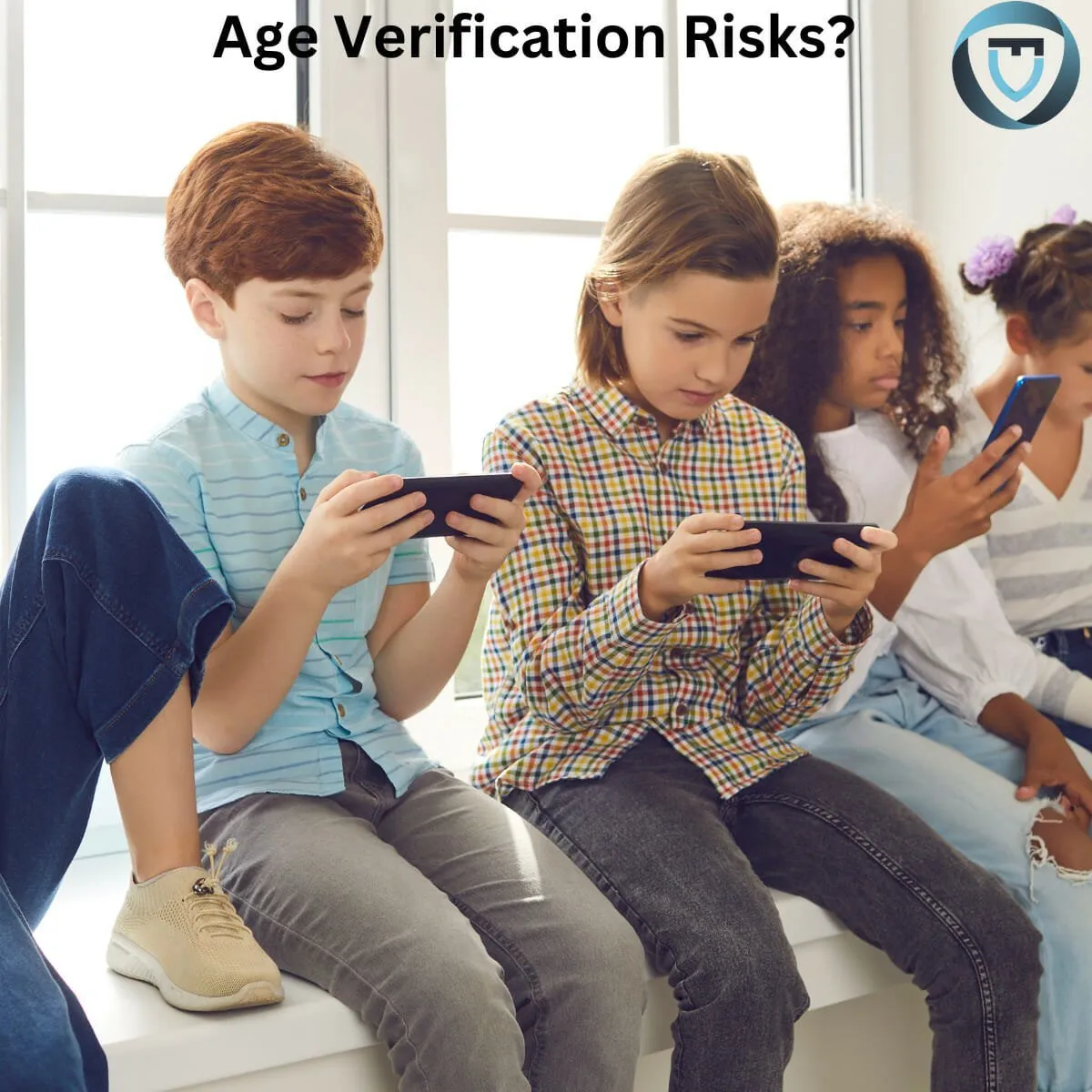Introduction
The online gaming industry has witnessed unprecedented growth in recent years, driven by a surge in demand from players of all ages. However, with this growth comes the responsibility to protect vulnerable players, particularly children, from potentially harmful content. As a result, governments worldwide have implemented various child protection regulations and standards to safeguard young users. Online game publishers have a crucial role in adhering to these guidelines and ensuring that their platforms remain safe for all players.
One critical aspect of these regulations is age verification, designed to prevent underage users from accessing age-inappropriate content. While some game publishers have opted for self-age verification systems, this approach carries inherent risks that can jeopardise compliance with global child protection regulations.
Understanding Global Child Protection Regulations
Before delving into the risks associated with self-age verification, it’s essential to understand the backdrop of global child protection regulations and standards. Countries worldwide have recognised the need to protect children from potentially harmful online content, and as a result, they have established various guidelines and legal frameworks.
These regulations often require online platforms, including gaming services, to implement mechanisms to verify the age of their users. The purpose is to prevent underage individuals from accessing content that may not be suitable for their age group, such as violent or sexually explicit material. Failing to comply with these regulations can result in severe penalties, fines, and legal repercussions.
The Appeal of Self-Age Verification
Some online game publishers have turned to self-age verification systems in response to these regulatory pressures. These systems typically involve users self-reporting their age during the account creation process. While this approach may seem straightforward and cost-effective, it has significant risks and drawbacks.
The Risks of Self-Age Verification
- Lack of Verification Accuracy: Self-age verification relies entirely on the user’s honest. Children eager to access their favourite games may quickly provide false information about their age. This undermines the purpose of age verification, making it less effective in preventing underage access to inappropriate content.
- Ineffective at Preventing Access: Even if users accurately report their age, self-age verification mechanisms cannot prevent children from accessing content intended for older audiences if they can access an adult’s account. This poses a substantial risk to child protection efforts, as many children may share devices or accounts with adults.
- Non-Compliance with Regulations: Global child protection regulations require robust age verification mechanisms. Relying solely on self-reporting falls short of these requirements, potentially leaving game publishers vulnerable to legal consequences and regulatory action.
- Reputation Damage: Failing to provide adequate child protection measures can harm an online game publisher’s reputation. News of children accessing inappropriate content can lead to public outcry, tarnishing the brand and potentially losing players and revenue.
- Encouraging Unsafe Practices: Using self-age verification, game publishers inadvertently encourage unsafe online practices. Children may perceive lying about their age as normal behaviour, which can have broader consequences for their online behaviour and safety.
A Safer Approach: Third-Party Age Verification
Online game publishers should consider implementing third-party age verification solutions to mitigate the risks associated with self-age verification. These services, provided by specialised companies, use a combination of verification methods, including document checks and database cross-references, to accurately verify a user’s age.
By integrating third-party age verification, game publishers can enhance compliance with global child protection regulations and provide a safer gaming environment for all players. This approach helps protect children and demonstrates a commitment to responsible gaming practices, which can boost a publisher’s reputation and player trust.
Conclusion
Online game publishers play a pivotal role in safeguarding children from potentially harmful content in the digital world. While self-age verification may seem like a cost-effective solution, it must meet the rigorous standards set by global child protection regulations. Game publishers should invest in robust third-party age verification mechanisms to protect children and adhere to these regulations. By doing so, they can ensure that their platforms remain safe, enjoyable spaces for players of all ages while avoiding the risks associated with self-age verification.

